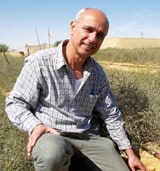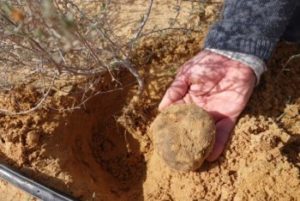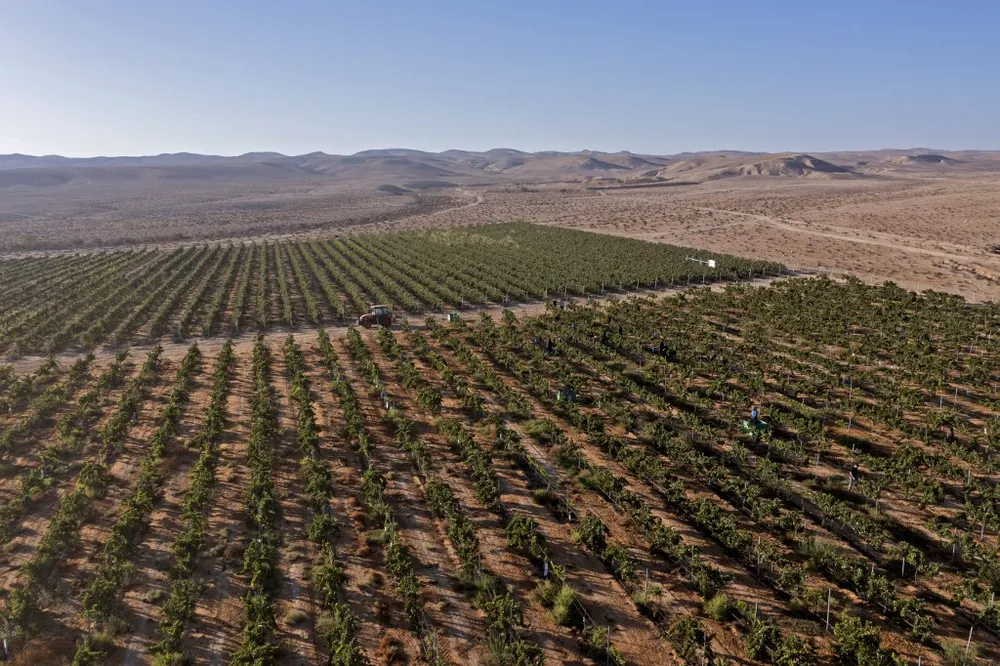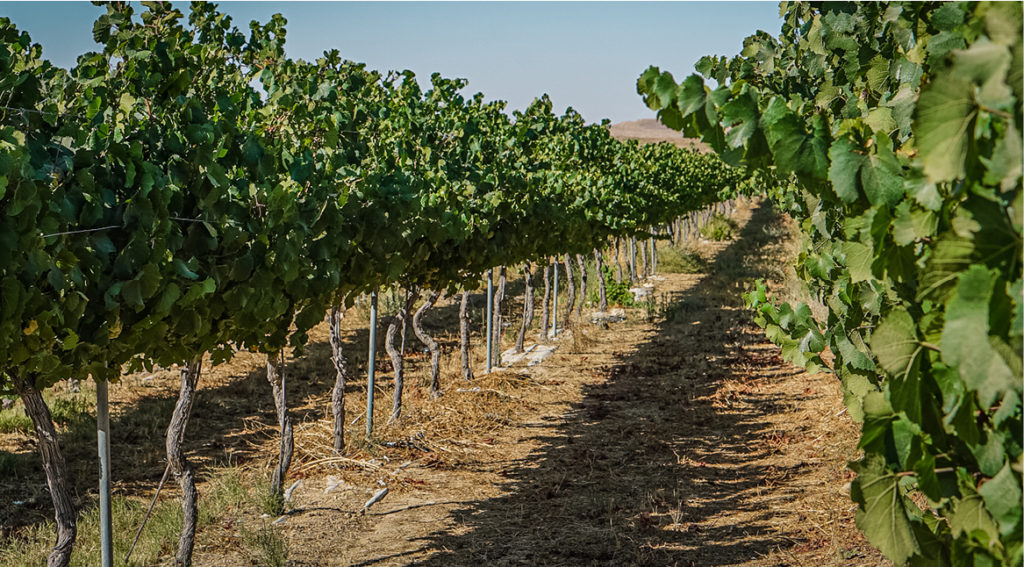
Rare Truffle Cultivated in the Negev
Rare Truffle Cultivated in the Negev
April 22, 2019
No Camels – Israel’s culinary landscape has often been praised for offering a multicultural flavor palette and adventurous food combinations. Over the past several years, Ben-Gurion University and the Ramat HaNegev Desert Agriculture Center researchers have been cultivating a rare desert treat that they hope to make part of the local cuisine.
The unique desert truffle, known as Terfezia Leonis fungus, is a known delicacy across the Middle East and North Africa.
These desert truffles were especially popular among the ancient Jewish communities from the region, who served them traditionally for the Passover seder either boiled and salted or in a well-known lamb stew, according to the book “Desert Truffles: Phylogeny, Physiology, Distribution, and Domestication.”
But in Israel supplies are unstable and costs are unpredictable, making the rare fungus a hard-to-come-by ingredient. The JTA reported last year that market prices for the truffles reached $120 per pound, making it slightly less than the cost of silver and four times that of uranium.

Prof. Yaron Sitrit
“Today, the fungus you find in the market is there because of the Bedouins,” explains Prof. Yaron Sitrit, from BGU’s Jacob Blaustein Institutes for Desert Research, and editor of the “Desert Truffles” book.
Prof. Sitrit is head of the research project that is working to commercialize the cultivation of desert truffles in Israel’s southern region.
“The Bedouins know the host plant, can track the mushroom down and sell it in the market. But it’s collected in the wild, and the yield is heavily influenced by the rains,” says Prof. Sitrit. “This year, for example, the rain patterns were very bad, so you can find almost no fungi in the markets, and the prices are very high. People can buy the fungi today, but they are dependent on rain, God and the Bedouins who will collect and sell it to them.”

A cultivated truffle field at Ramat HaNegev Desert Agriculture Center
This is about to change. In a long-term research endeavor, Prof. Sitrit and his team managed to decode the intricate relationship between the fungus and its host plant Helianthemum sessiliflorum, commonly known as the Desert Trap, in a successful experiment first unveiled in 2018.
Both the fungus and the host plant require little water and no fertilizer, making it potentially a very cost-effective agricultural crop. The plant grows in the dry dunes of the Mediterranean desert lands, but, despite all adjustments, is unable to absorb phosphor by itself.
“The fungus does that much better,” explains Prof. Sitrit. “It transfers the phosphor it absorbs to the plant and in return gets sugars and other nutrients from it, which can only be produced through the plant’s photosynthesis, nutrients the fungus needs to be able to grow underground.”
The challenge was to keep the conditions stable enough for both the plant and the truffles to grow, but also to keep intact their necessary intricate symbiosis in the experimental field.
In the beginning, about 30kg (66 pounds) of truffles were farmed per hectare (2.4 acres) – not enough to make the endeavor profitable, but over time they were able to get to 150kg (330 pounds) per hectare, with the goal of eventually reaching 300kg (727 pounds) to make them profitable.
But the professor’s dreams are bigger than just making the delicacy available for Israeli foodies all year round. For him, the truffles also present an excellent opportunity to give Israel a new touristic feature.
Much like families can go cherry-picking or harvest strawberries on a sunny Saturday, truffle-hunting could become the next Israeli attraction.




